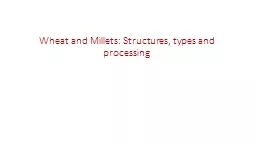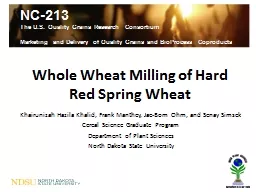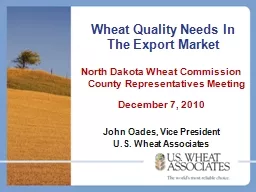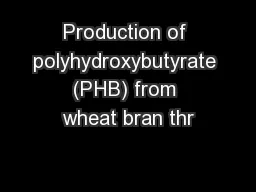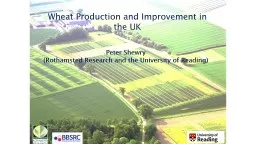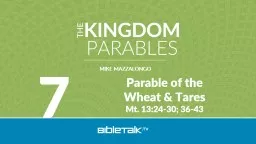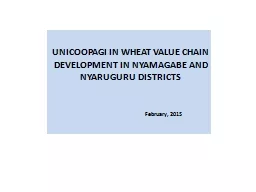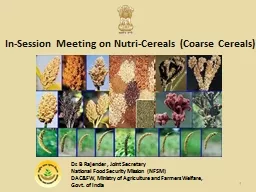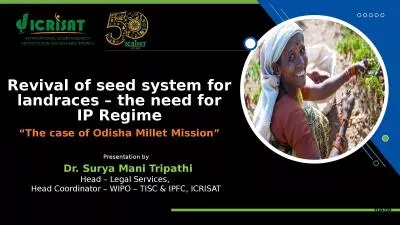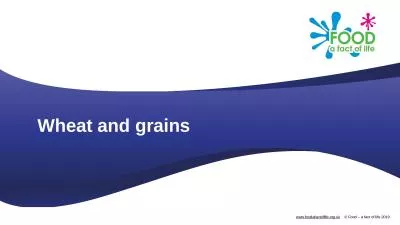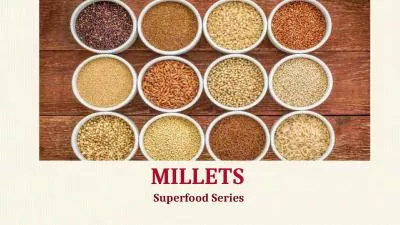PPT-Wheat and Millets: Structures, types and processing
Author : blindnessinfluenced | Published Date : 2020-10-01
WHEAT Wheat is the one of the important cereal crop of the World with an estimated annual production of 540 580 million metric tonnes Wheat belongs to the genus
Presentation Embed Code
Download Presentation
Download Presentation The PPT/PDF document "Wheat and Millets: Structures, types and..." is the property of its rightful owner. Permission is granted to download and print the materials on this website for personal, non-commercial use only, and to display it on your personal computer provided you do not modify the materials and that you retain all copyright notices contained in the materials. By downloading content from our website, you accept the terms of this agreement.
Wheat and Millets: Structures, types and processing: Transcript
Download Rules Of Document
"Wheat and Millets: Structures, types and processing"The content belongs to its owner. You may download and print it for personal use, without modification, and keep all copyright notices. By downloading, you agree to these terms.
Related Documents

